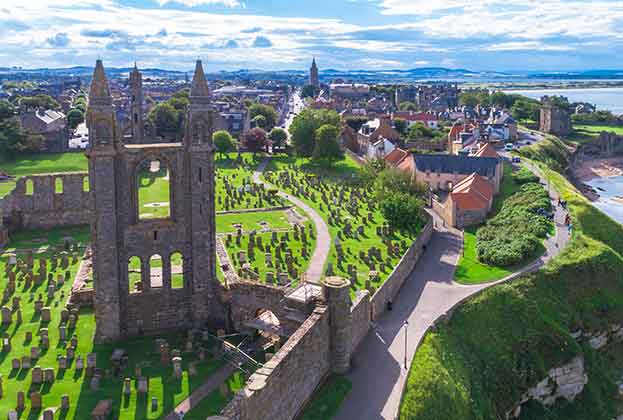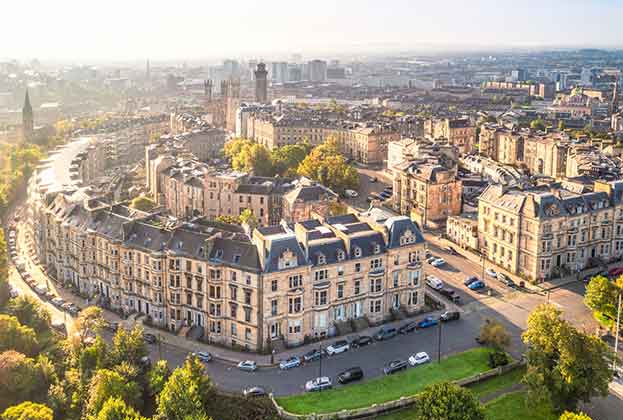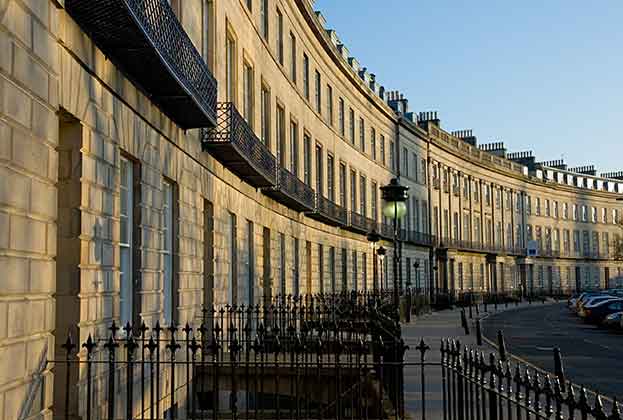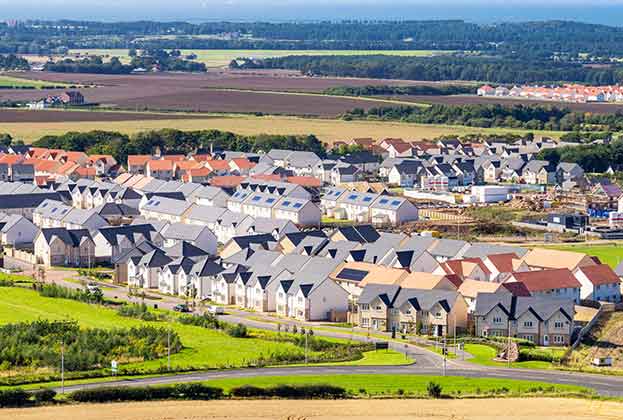Rental growth has been achieved across Scotland’s main cities and surrounding areas with Dundee the stand-out performer
Some of the trends driving Scotland’s prime residential sales market over the last 18 months have also played out in the rental market. These include the search for space and demand for high-quality properties.
But constrained supply is an issue here too, as evident in the 4.7% annual increase in the average asking price per calendar month during Q3 2021 across Scotland, according to Citylets.
Let’s focus on rental dynamics across the main cities and their surrounding areas.
City markets
Edinburgh’s rental market has turned a corner following the absorption of some of the excess stock that had suppressed prices earlier this year. Though the number of listings for one- and two-bedroom properties is above the five-year average, there is a lack of availability of larger properties as demand for space and family homes near top-performing schools remains strong.
Consequently, average rents for three- and four-bedroom properties went up annually by 5.8% and 3.6% compared to an overall city rise of 1.6%.
The lack of choice is more acute in Glasgow, where returning students and short-term rental opportunities related to COP26 have pushed average prices up annually by 10.3% to £928 per calendar month, according to Citylets.
Aberdeen has seen two consecutive quarters of meaningful rental growth for the first time since 2014. As economic conditions here stabilise, there is growing demand for larger properties. Much like the local sales market, Dundee’s rental market continues to outperform, with average rents increasing annually by 11.7% boosted by demand from students.
Surrounding locations
Scotland’s suburban and commuter areas benefitted substantially from the shifts in tenant preferences as a result of the pandemic, with a sharp rise in the number registering with Savills to rent a property. These high levels of demand have been sustained, driven by the ‘try-before-you-buy’ brigade, often coming out of the cities. But this has also been supplemented by the needs of accidental tenants that have been unable to secure a property in the busy sales market.
As a result, average rental growth over the last year in West Lothian, Lanarkshire and Renfrewshire has ranged between 7% and 10%, according to Citylets. Stock remains low across commuter areas, which will continue to put upward pressure on rents.
Looking ahead
We anticipate strong demand for larger properties to continue in city and suburban areas. But as we see the continued return of key tenant groups such as students, professionals and corporate relocations, we expect a pickup in rents across the board, particularly for smaller properties in Edinburgh, accelerated by a shortage of stock available to rent.
Read the articles within Report: Prime Scotland Residential – Winter 2021 below.
.jpg)



